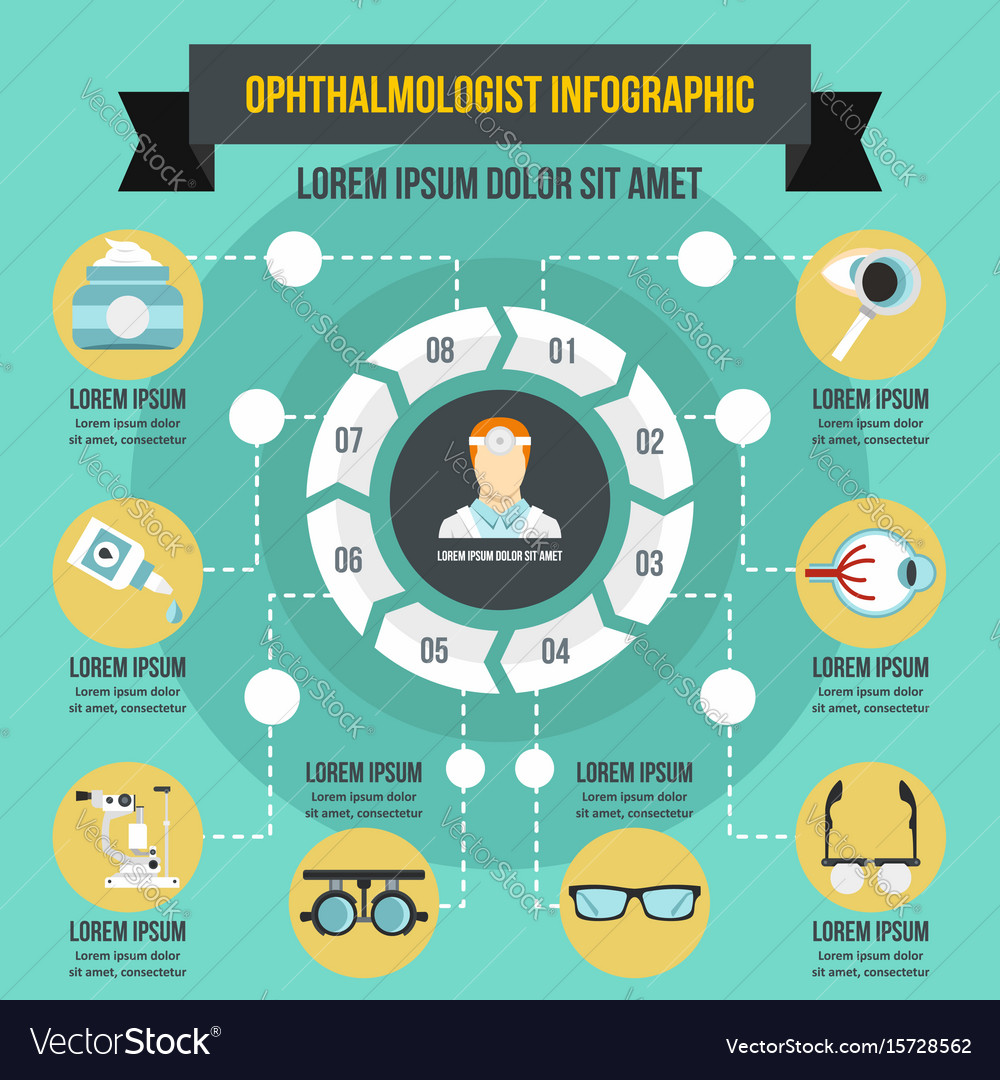What Are The Differences And Similarities In Between SMILE Eye Surgical Treatment, LASIK, And PRK?
What Are The Differences And Similarities In Between SMILE Eye Surgical Treatment, LASIK, And PRK?
Blog Article
Authored By-Humphries Tang
If you've been considering SMILE eye surgical procedure, you may ask yourself how it compares to LASIK and PRK. can u redo cataract surgery has its own set of benefits and factors to consider. From quicker recuperation times to possible dangers, there are vital distinctions you need to understand before deciding. Comprehending these differences will help you make an enlightened choice that lines up with your certain needs and assumptions. Curious to recognize more concerning just how these treatments contrast thoroughly? Keep exploring to acquire a detailed understanding of SMILE, LASIK, and PRK.
SMILE Eye Surgery Review
If you're considering SMILE eye surgical treatment, you'll find it to be a minimally intrusive treatment with a fast healing time. During SMILE (Tiny Incision Lenticule Removal), a laser is utilized to develop a little, precise incision in the cornea to get rid of a little piece of tissue, improving it to correct your vision. This varies from LASIK, where a flap is created, and PRK, where the external layer of the cornea is completely removed.
One of the key benefits of SMILE is its minimally intrusive nature, leading to a faster healing procedure and much less pain post-surgery. The recovery time for SMILE is fairly fast, with numerous patients experiencing boosted vision within a day or two. This makes it a prominent option for those looking for a convenient and efficient vision improvement treatment. In addition, SMILE has been revealed to have a lower danger of completely dry eye disorder contrasted to LASIK, making it a positive alternative for people concerned about this possible side effect.
Distinctions In Between SMILE, LASIK, and PRK
When contrasting SMILE, LASIK, and PRK eye surgical procedures, it's important to recognize the distinctive methods used in each procedure for vision improvement.
SMILE (Tiny Incision Lenticule Extraction) is a minimally intrusive treatment that entails producing a tiny cut to remove a lenticule from the cornea, reshaping it to correct vision.
LASIK (Laser-Assisted Sitting Keratomileusis) involves producing a slim flap on the cornea, making use of a laser to improve the underlying tissue, and afterwards rearranging the flap.
https://www.webmd.com/eye-health/amblyopia-child-eyes (Photorefractive Keratectomy) removes the external layer of the cornea before improving the tissue with a laser.
The major distinction depends on the way the cornea is accessed and dealt with. SMILE is flapless, making it a great option for individuals with thin corneas or those involved in get in touch with sporting activities. LASIK offers fast aesthetic recuperation as a result of the flap creation, but it might posture a greater risk of flap-related problems. PRK, although having a longer recuperation period, avoids flap-related concerns entirely.
Recognizing these variations is crucial in picking one of the most ideal treatment for your vision modification requirements.
Advantages And Disadvantages Comparison
To review the benefits and downsides of SMILE, LASIK, and PRK eye surgical treatments, it's essential to think about the certain benefits and potential restrictions of each treatment. SMILE surgical procedure uses the advantage of a minimally intrusive procedure, with a smaller sized incision and possibly quicker recovery time compared to LASIK and PRK. It also minimizes the threat of dry eye post-surgery, an usual adverse effects of LASIK. Nevertheless, SMILE might have restrictions in dealing with greater levels of nearsightedness or astigmatism compared to LASIK.
LASIK surgical procedure gives fast aesthetic healing and very little discomfort during the procedure. It's very effective in dealing with a large range of refractive errors, including nearsightedness, hyperopia, and astigmatism. Yet, LASIK brings a danger of flap complications, which can influence the corneal structure.
PRK eye surgery, while not as popular as LASIK, avoids producing a corneal flap, lowering the threat of flap-related problems. It appropriates for individuals with thin corneas or irregular corneal surfaces. Nonetheless, PRK has a longer recuperation time and might entail extra discomfort during the healing process.
Final thought
So, when it concerns picking between SMILE, LASIK, and PRK, consider it like selecting the best pair of footwear. SMILE resembles a streamlined, comfy set of tennis shoes - fast and easy.
LASIK is more like stylish high heels - showy and quick, however with some possible dangers.
PRK is like tough hiking boots - trusted and resilient, but needing a little bit even more effort and time.
Ultimately, the best selection depends upon your individual demands and preferences.
